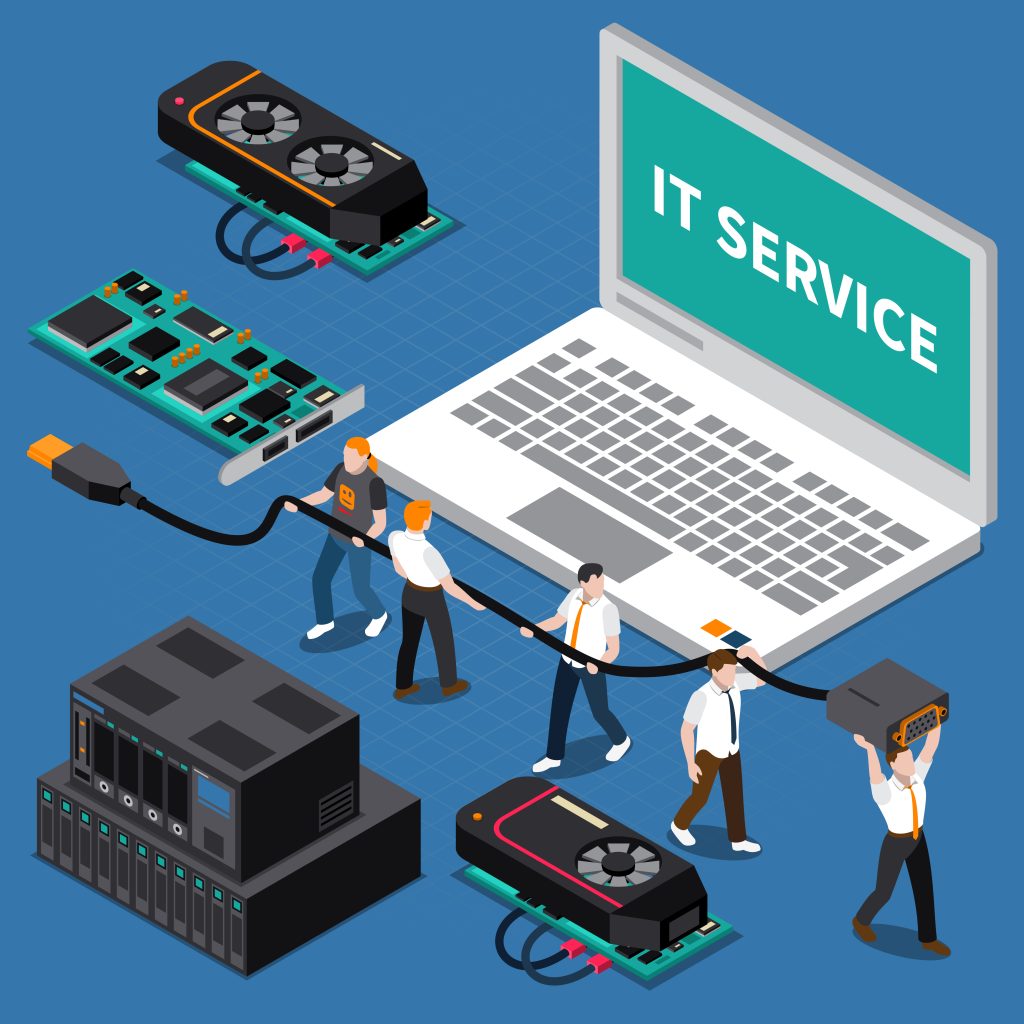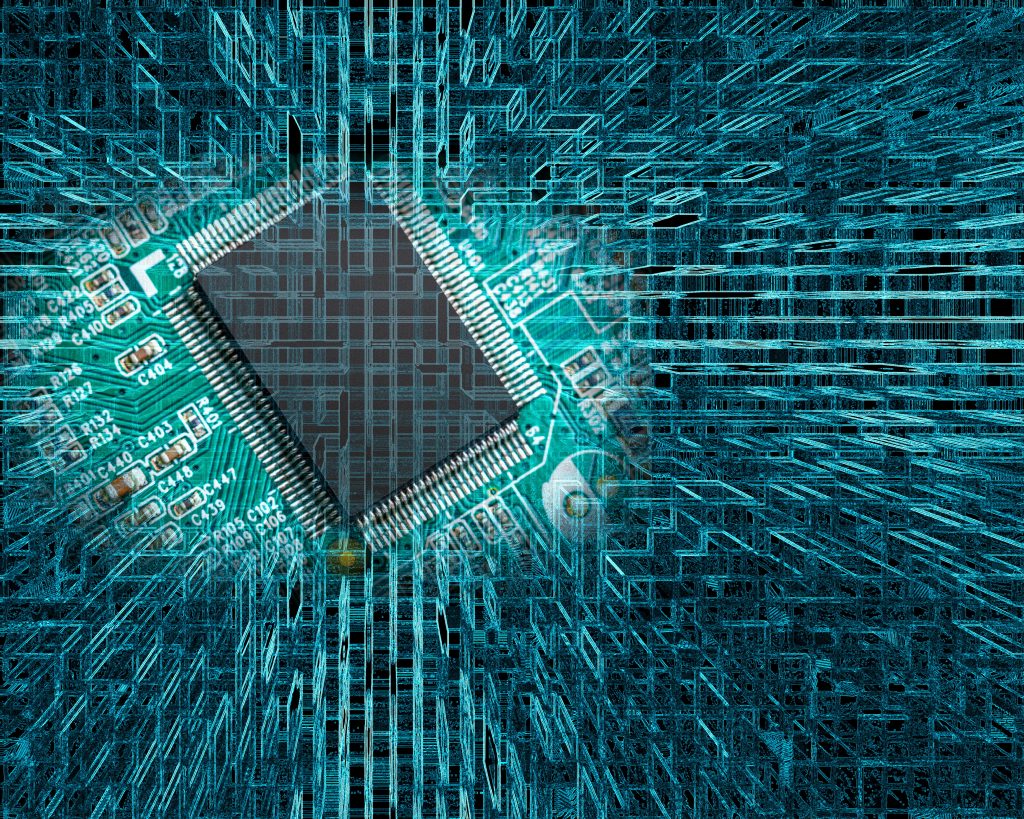In applications involving high-speed data processing, real-time control, or non-standard communication protocols, traditional processors face inherent limitations such as performance bottlenecks, excessive latency, or a lack of hardware-level customization. Even with higher clock frequencies or increased CPU core counts, these “non-CPU-solvable problems” remain unresolved.
FPGA (Field-Programmable Gate Array) offers a fundamentally different approach—not by instructing hardware what to do through software, but by shaping the hardware itself to match the intended behavior. Engineers can define hardware logic tailored to the application, construct parallel processing architectures, implement custom algorithms, and integrate proprietary communication protocols. These capabilities can all be reconfigured through firmware updates, without the need to replace physical components.
When a system demands high-throughput real-time data processing, ultra-fast response times, or control logic that cannot be addressed by off-the-shelf solutions, FPGA stands out as the only technology that balances performance, flexibility, and long-term viability.

Software engineers can customize development based on specific programming languages, meeting diverse needs. Changes in requirements can be addressed without hardware replacement, simply through software updates.
FPGAs contain many programmable logic units that can operate simultaneously, providing efficient parallel processing suitable for data computation and digital signal processing.
FPGAs perform logic configuration directly through hardware, offering lower latency and faster response times compared to software algorithms, making them ideal for high-performance computing applications.
Unlike ASICs, which require significant time, manpower, and money for validation and testing, FPGAs can be quickly tested using development boards during the design stage, substantially saving time and costs.
Compared to standard chips whose life cycles are dictated by market demand, FPGAs typically offer product life cycles of over 20 years.
FPGAs can be dynamically adjusted based on end-user needs over time, avoiding the high costs associated with setting up multiple chip systems.
FPGAs enhance performance, flexibility, and system efficiency in several key ways:
• Unlike traditional processors, FPGAs execute tasks in parallel, significantly increasing throughput for applications like video processing, machine learning, and high-frequency trading.
• They excel in handling non-standard signal processing, making them perfect for specialized industrial, medical, and aerospace applications.
• FPGAs support real-time control systems, ensuring ultra-fast response times for robotics, industrial automation, and embedded control applications.
• They enable custom hardware implementations of industrial protocols such as EtherCAT, PROFINET, and CAN, ensuring compatibility with complex automation networks.
• When market-available ICs lack the required functionality or integration capabilities, FPGA provides a flexible solution, allowing businesses to develop their own specialized IC designs.
• FPGA architectures can be dynamically reconfigured, allowing businesses to update and optimize hardware functionality through firmware changes, reducing the need for hardware redesigns.
• FPGA allows companies to design truly unique and highly integrated hardware solutions, reducing component count and enhancing reliability.
• FPGAs support hardware-based security features, including encryption, secure boot, and tamper detection, ensuring robust cybersecurity for mission-critical applications.
• Their deterministic processing and reliability make them ideal for aerospace, defense, and medical applications, where consistency and accuracy are paramount.
• FPGA solutions come in different sizes and capabilities, allowing businesses to choose the right FPGA for the task—optimizing cost without compromising performance.
• For smaller-scale applications, low-cost FPGAs provide an efficient alternative to ASICs, while high-performance FPGAs cater to complex data-intensive tasks.

In industrial control systems, FPGAs enable high-speed motion control, predictive maintenance, and real-time process automation. Their ability to interface with high-speed sensor networks, PLCs, and industrial robots makes them an essential component in Industry 4.0 and smart factory solutions. By integrating multiple industrial functions into a single FPGA, businesses can reduce system complexity while increasing efficiency.
FPGAs are widely used in AI applications, including computer vision, speech recognition, and deep learning inference at the edge. Their reconfigurable architecture allows real-time adaptation of AI models, optimizing processing efficiency in IoT, autonomous vehicles, and surveillance systems. Compared to GPUs or CPUs alone, FPGAs can provide AI acceleration with lower power consumption and reduced latency.
FPGAs play a crucial role in high-speed networking, 5G base stations, and data center acceleration, providing ultra-low latency packet processing and encryption acceleration. With support for PCIe, Ethernet, and fiber-optic communication, they enable high-bandwidth applications in cybersecurity, financial transactions, and high-performance computing (HPC). They also allow for custom networking protocol implementations, something that off-the-shelf networking ICs may not support.
FPGAs are extensively used in ultrasound, MRI, and real-time medical image processing, where their parallel processing capabilities provide higher image resolution, reduced processing times, and improved diagnostic accuracy. By handling unique, non-standard imaging signals, FPGAs allow for customized enhancements in medical device performance.
FPGAs provide radiation-hardened, ultra-reliable processing for mission-critical applications in aerospace and defense. They enable radar signal processing, encrypted communications, and real-time avionics control, ensuring optimal performance in extreme environments. Unlike fixed-function ICs, FPGAs allow for on-the-fly reconfiguration, adapting to evolving mission requirements.

Unlike standard industrial computer suppliers, Portwell goes beyond hardware by offering deep FPGA integration with motherboards, operating systems, and applications. This ensures seamless collaboration between all system components for maximum efficiency.
🔹 Comprehensive Custom Design – We develop specialized FPGA solutions for real-time processing, AI acceleration, industrial automation, and more. Whether you need high-speed data acquisition or advanced signal processing, Portwell provides expert design and implementation.
🔹 Hardware & Software Integration Expertise – Our team has extensive experience in FPGA, driver, and API development, ensuring seamless integration with your existing systems. We offer software toolkits to simplify FPGA programming and deployment.
🔹 Proven Success Across Industries – Portwell has successfully delivered FPGA solutions in medical imaging, smart factories, gaming machines, networking equipment, and AI acceleration, helping our partners maintain a competitive edge in their industries.
🔹 Long-term Technical Support – We provide not just products but ongoing technical support, firmware updates, and system optimization services, ensuring your FPGA solutions remain future-proof.
With our extensive experience in industrial computing, embedded systems, and FPGA solutions, Portwell is the ideal partner for businesses looking to integrate high-performance, customizable, and future-ready FPGA solutions into their systems.
Integrating FPGA is not merely a solution to immediate performance bottlenecks—it is a strategic architectural decision that introduces long-term flexibility and sustainability into system design. Through deep integration with motherboards, operating systems, drivers, and application layers, FPGA enables execution of tasks that conventional architectures cannot handle, forming the foundation for application-specific innovation and technological scalability. What Portwell delivers is not just a programmable logic chip, but a comprehensive solution combining practical design, maintainability, and cross-layer integration. This ensures that as customer demands evolve and deployment complexity increases, systems built on Portwell’s FPGA solutions remain adaptable, efficient, and competitively differentiated throughout the entire product lifecycle.